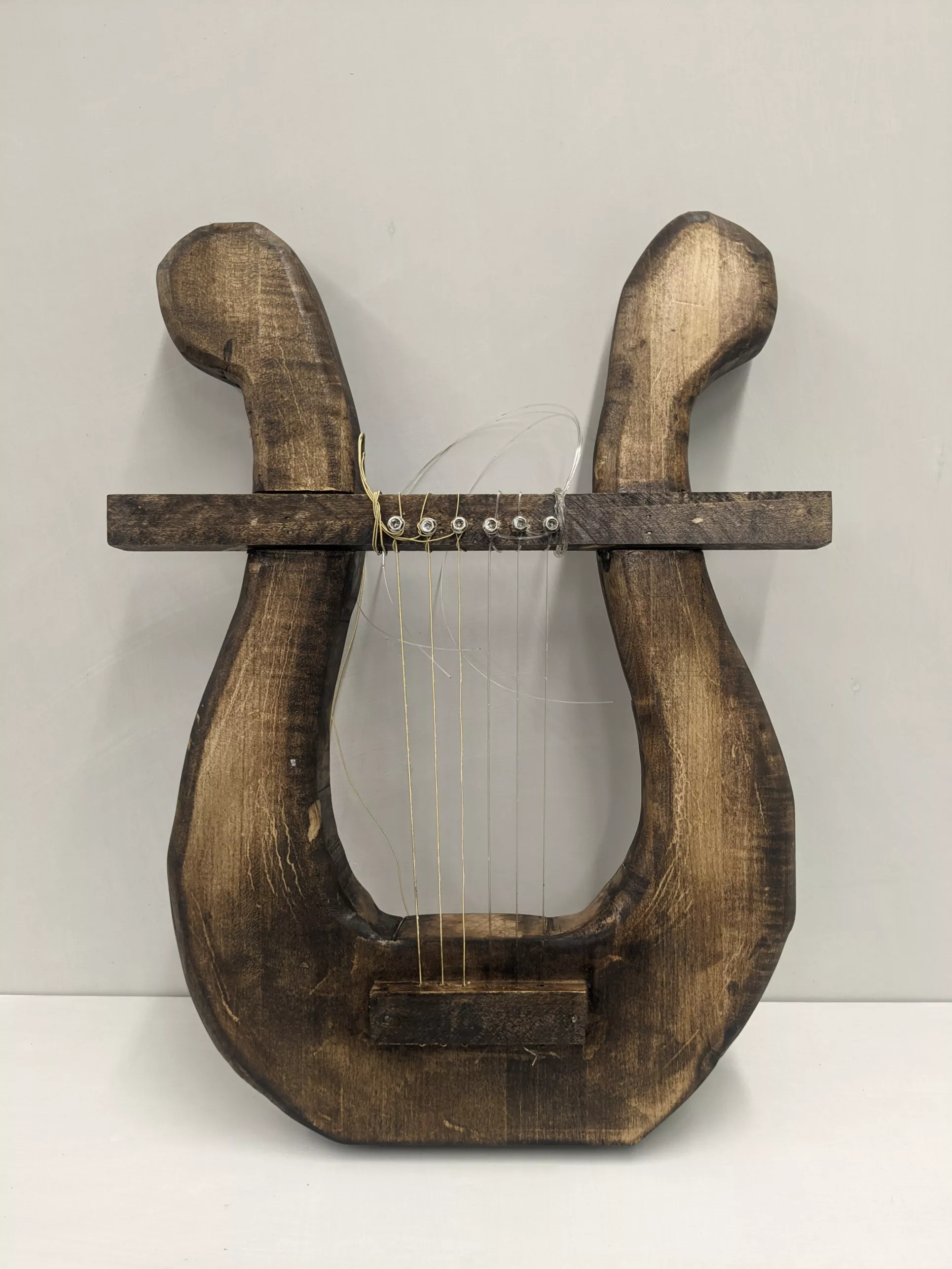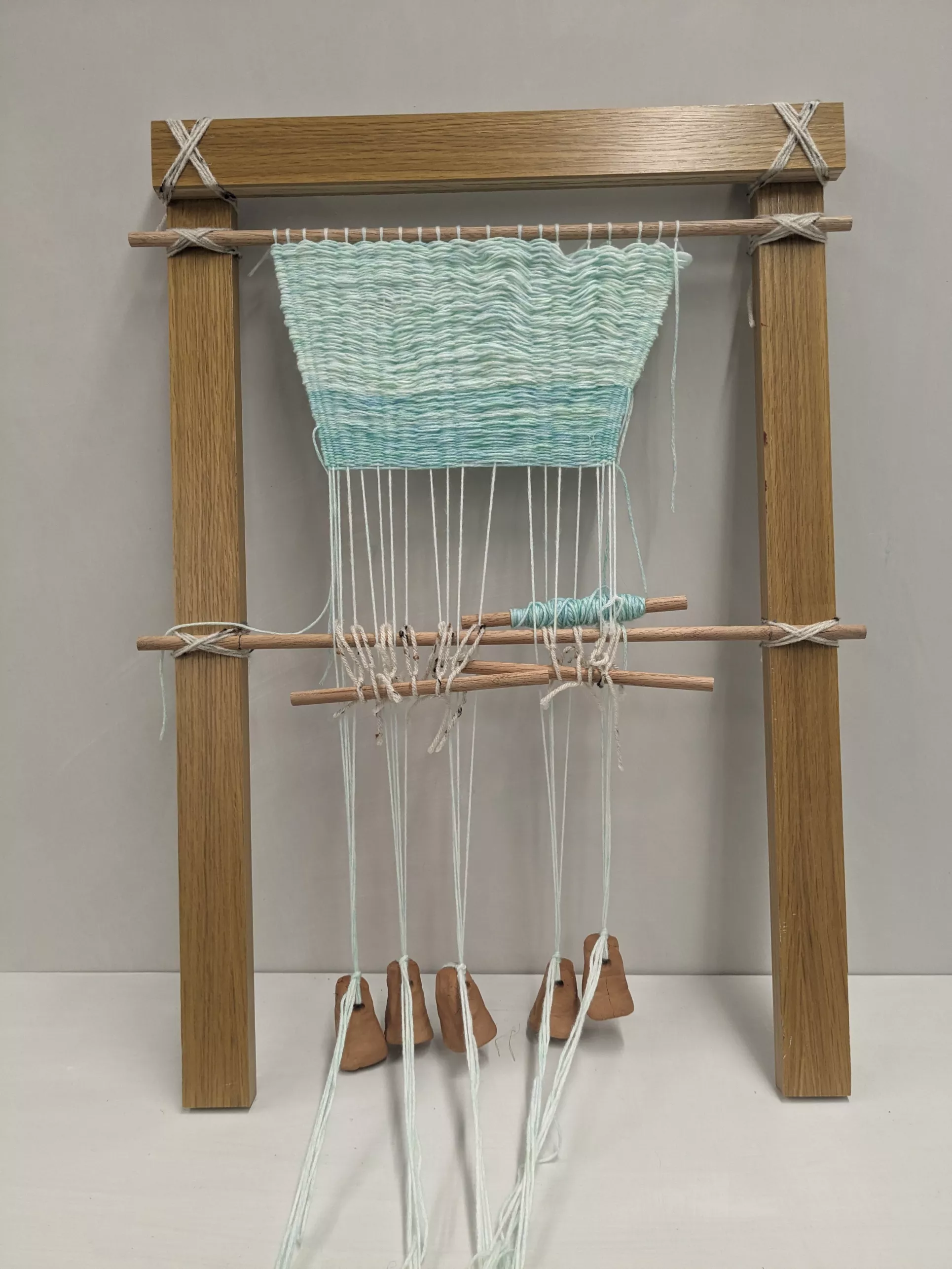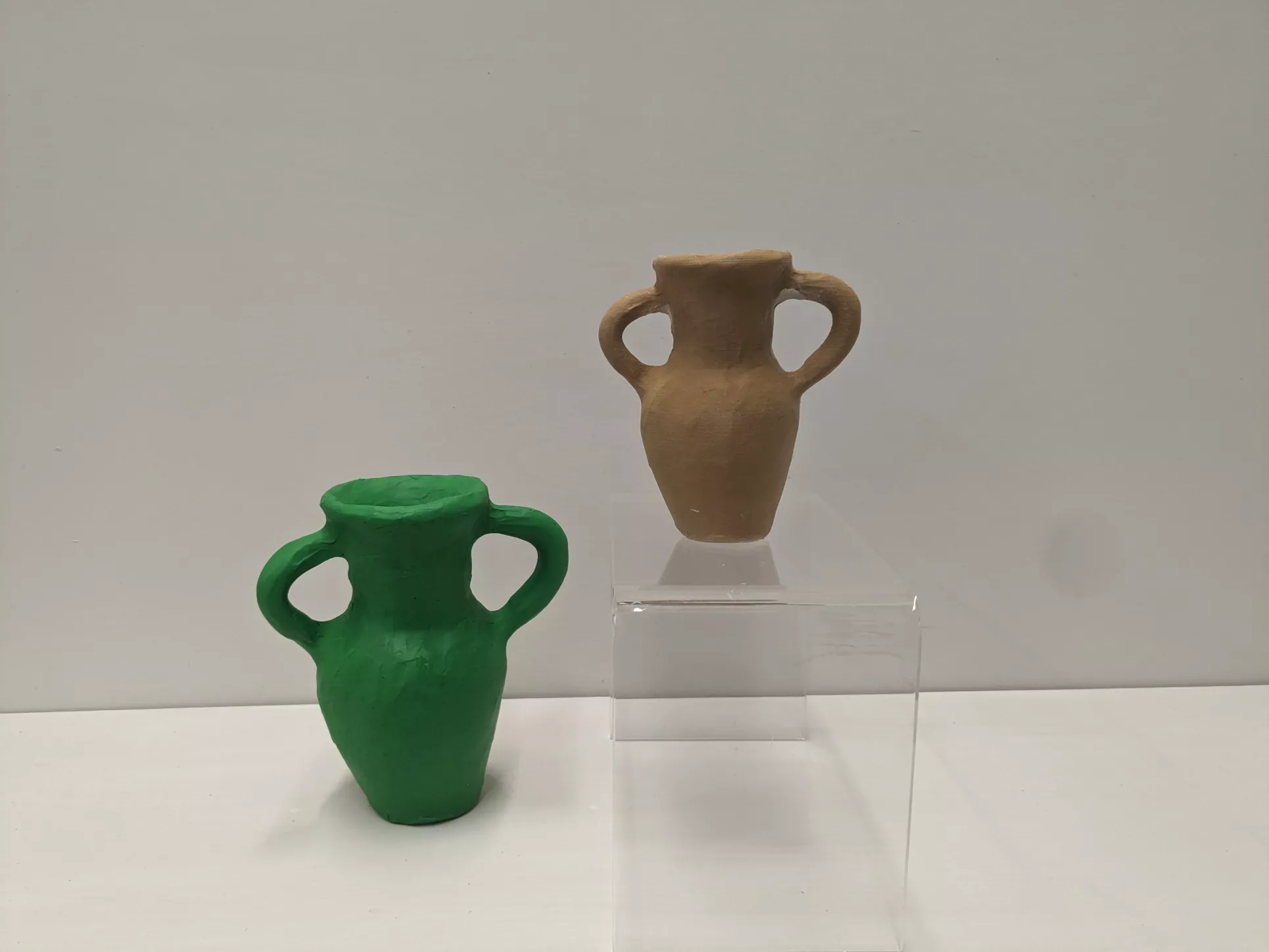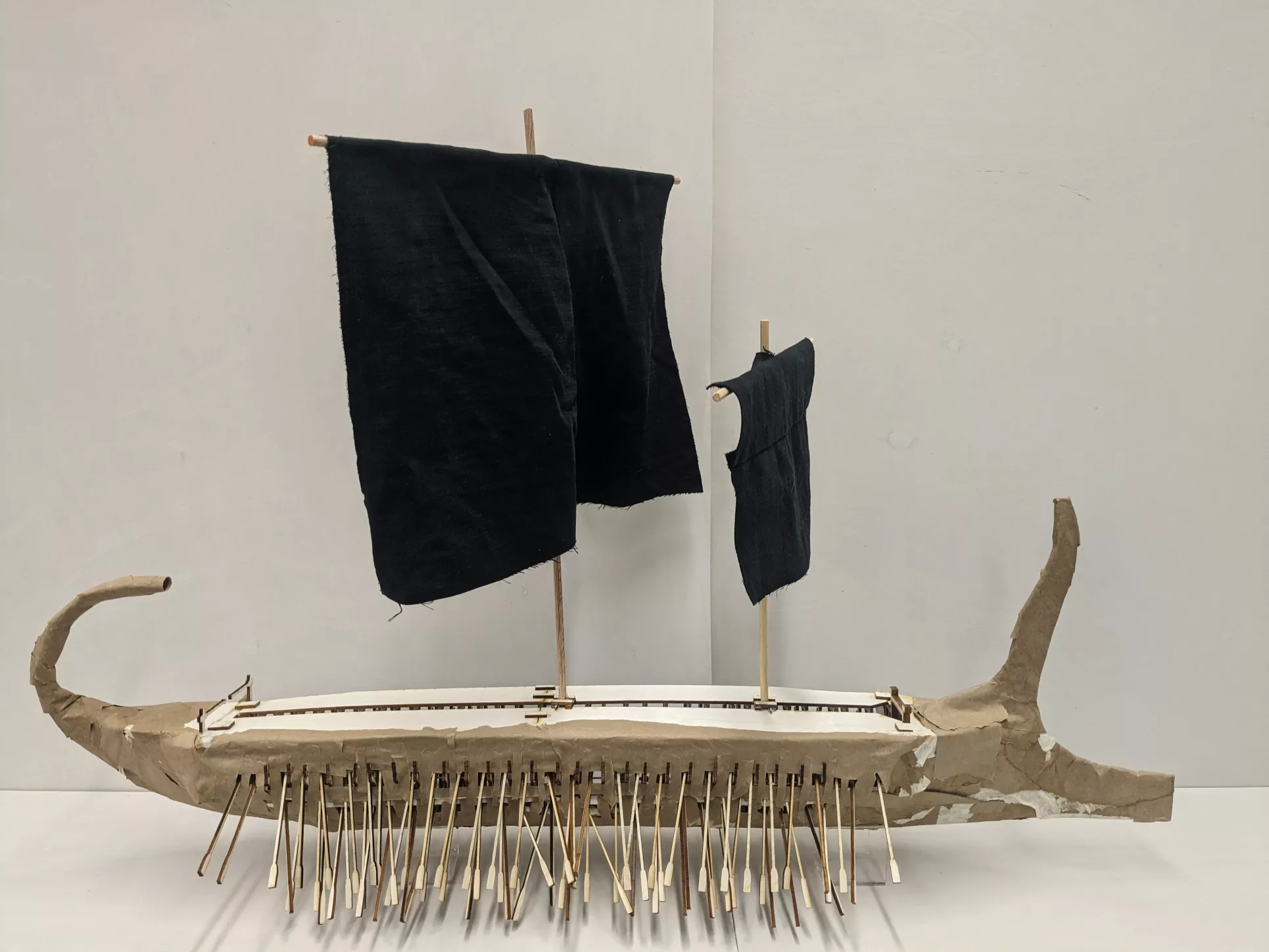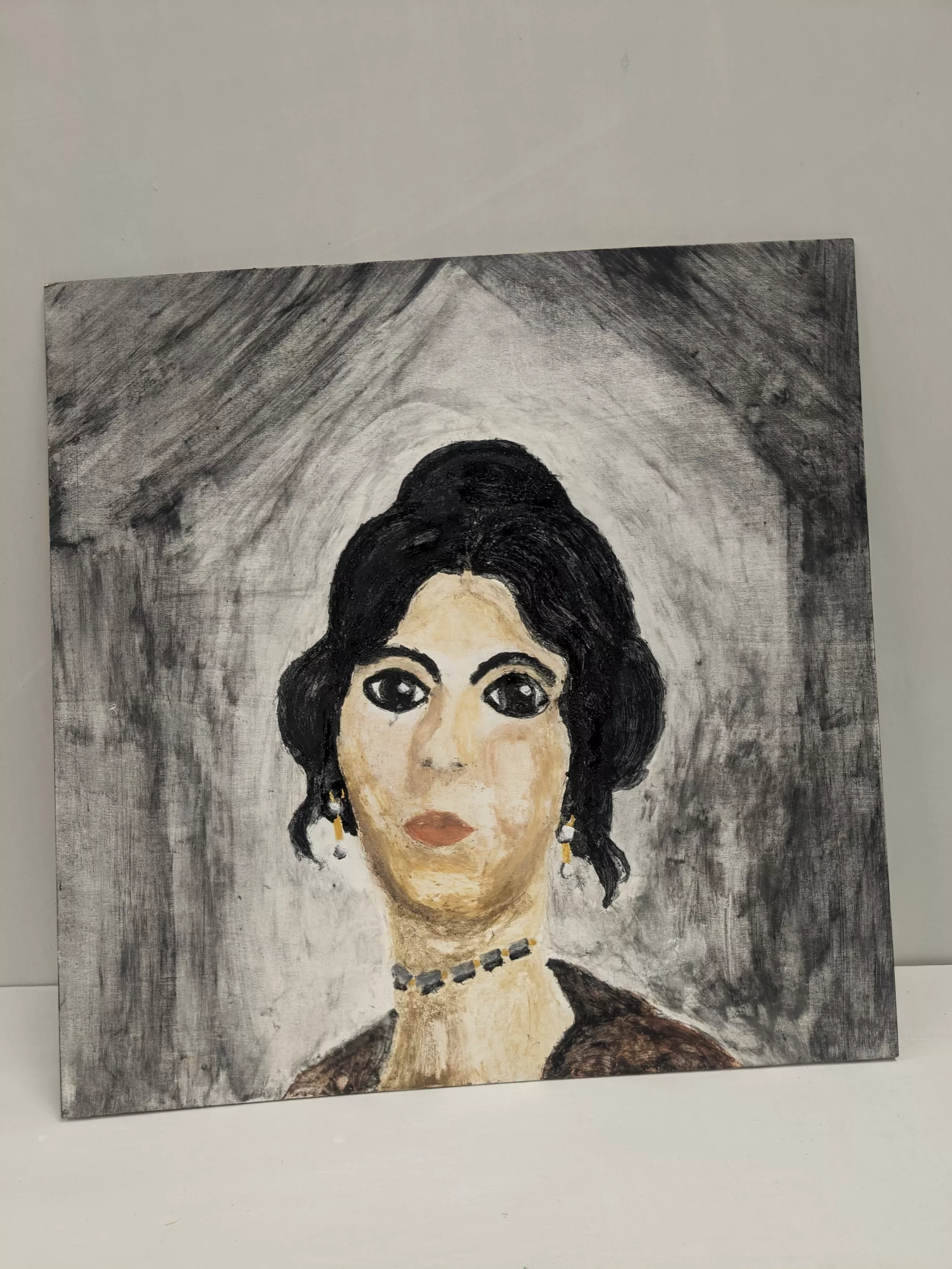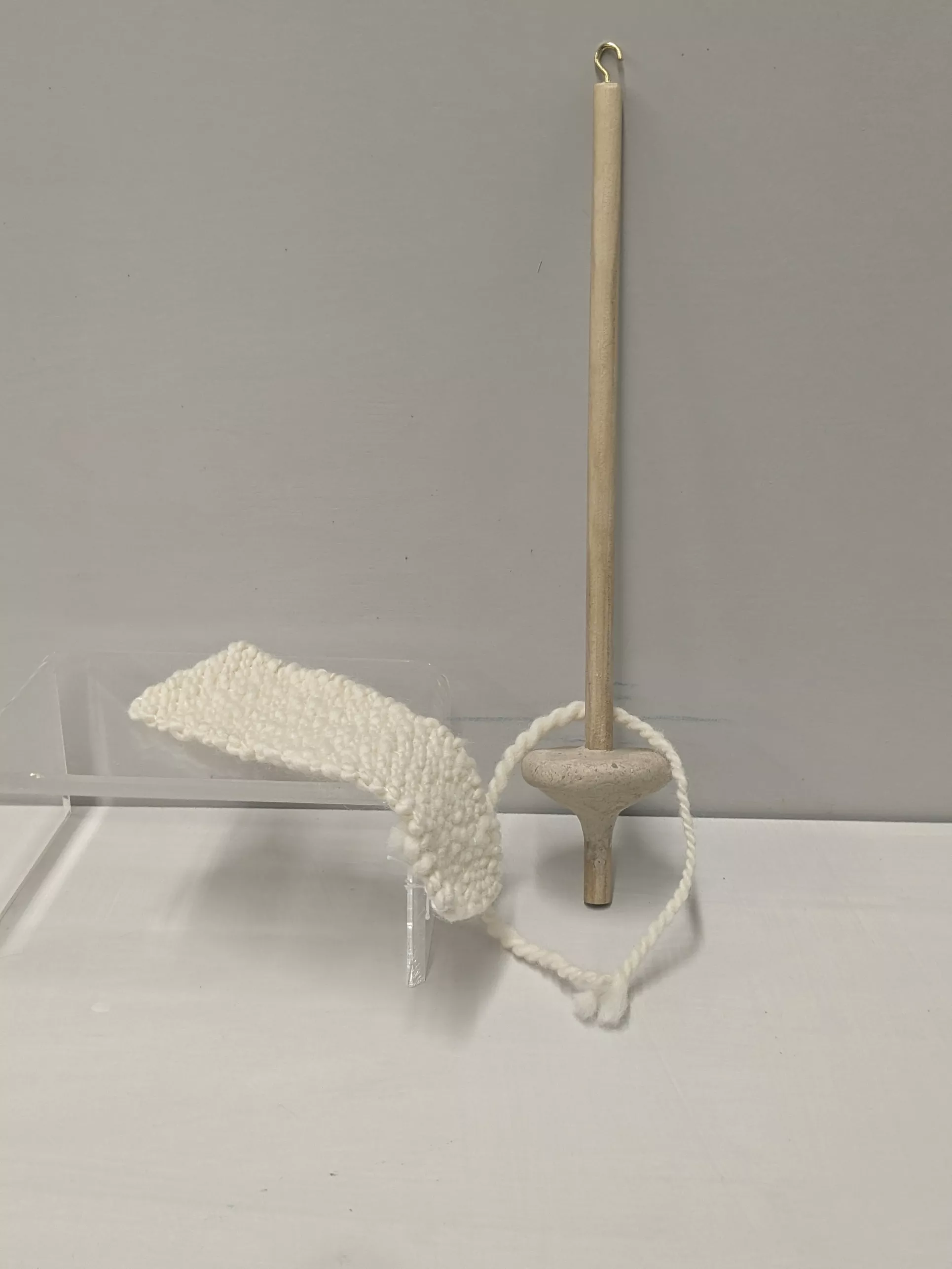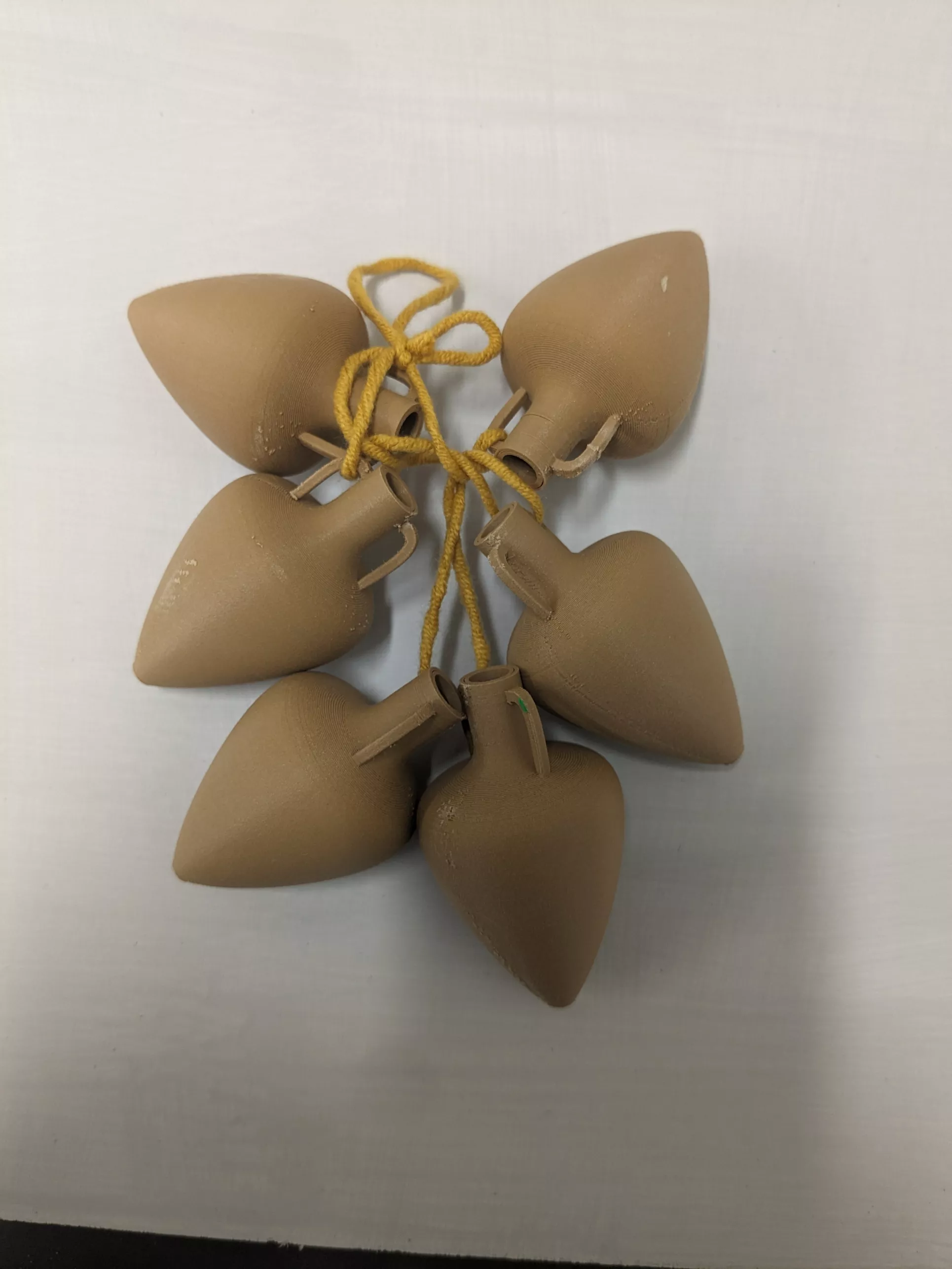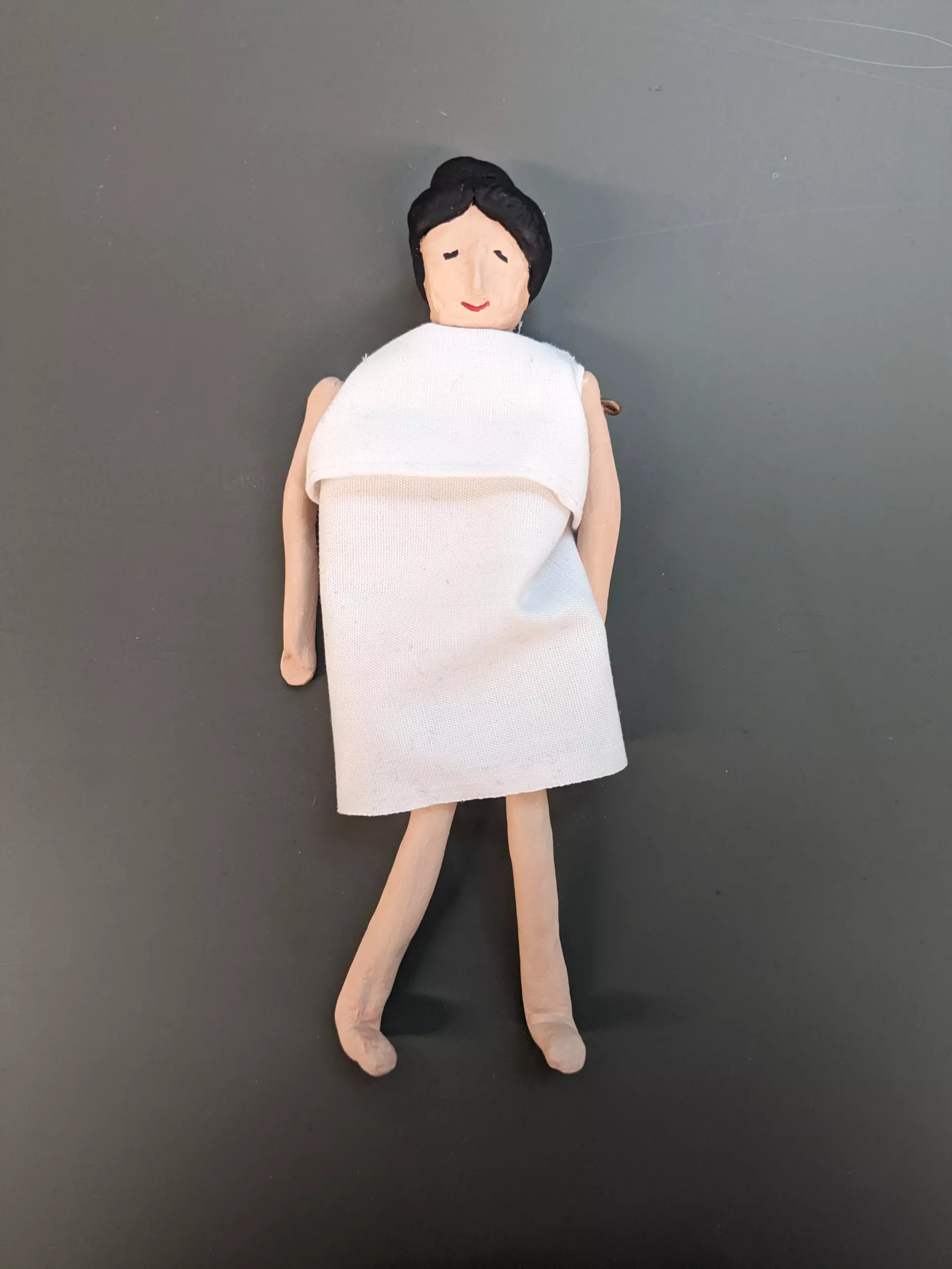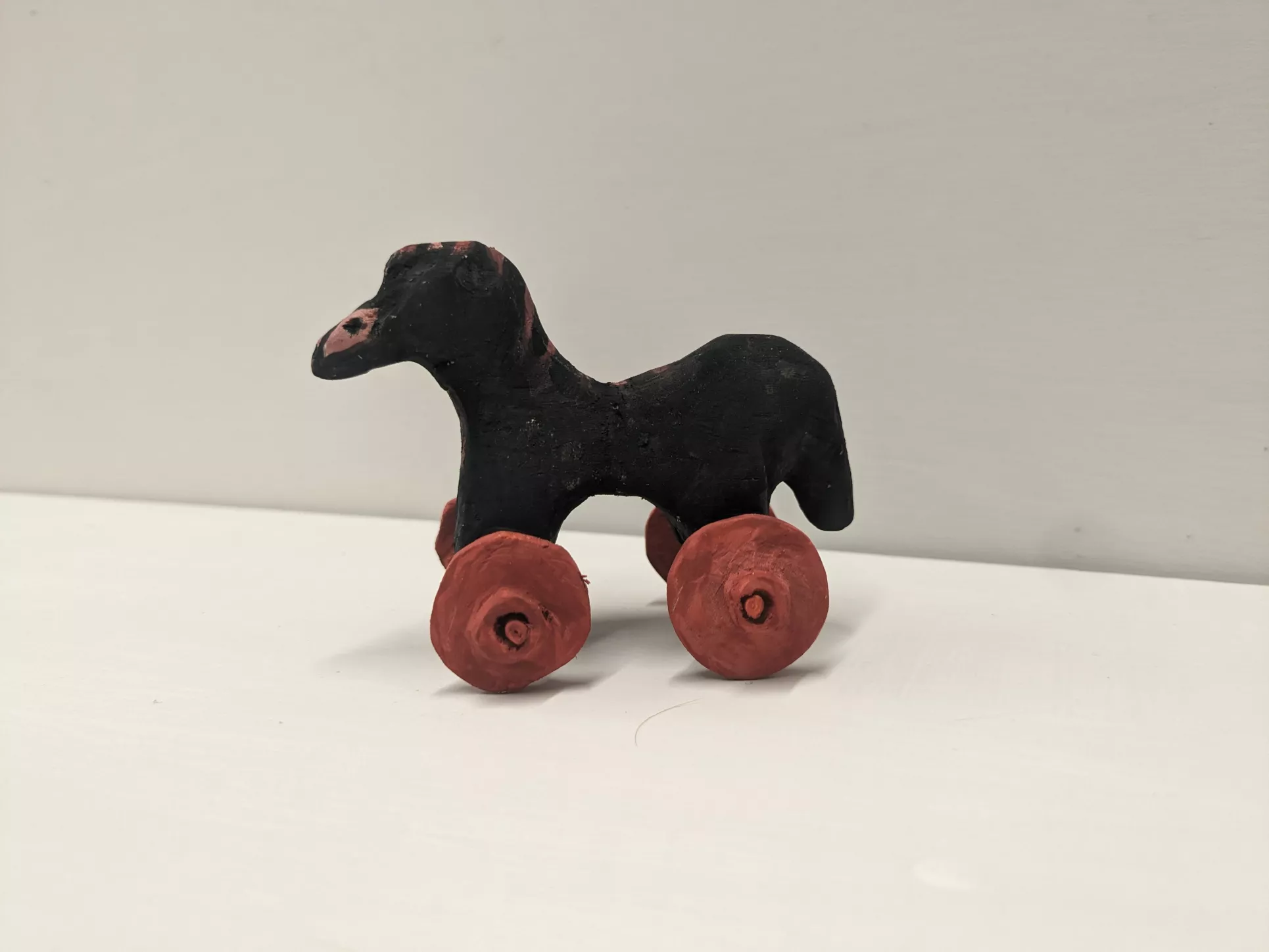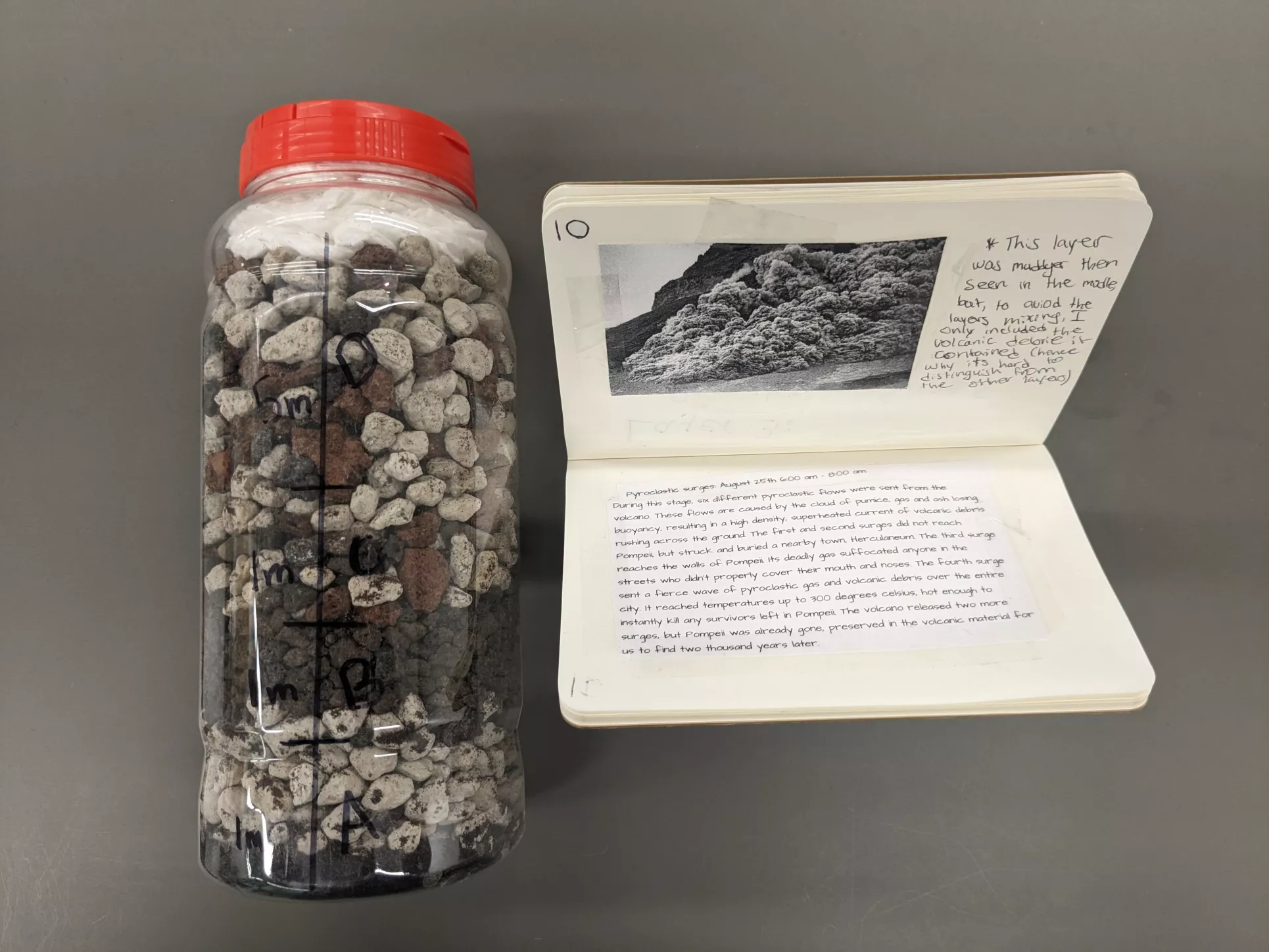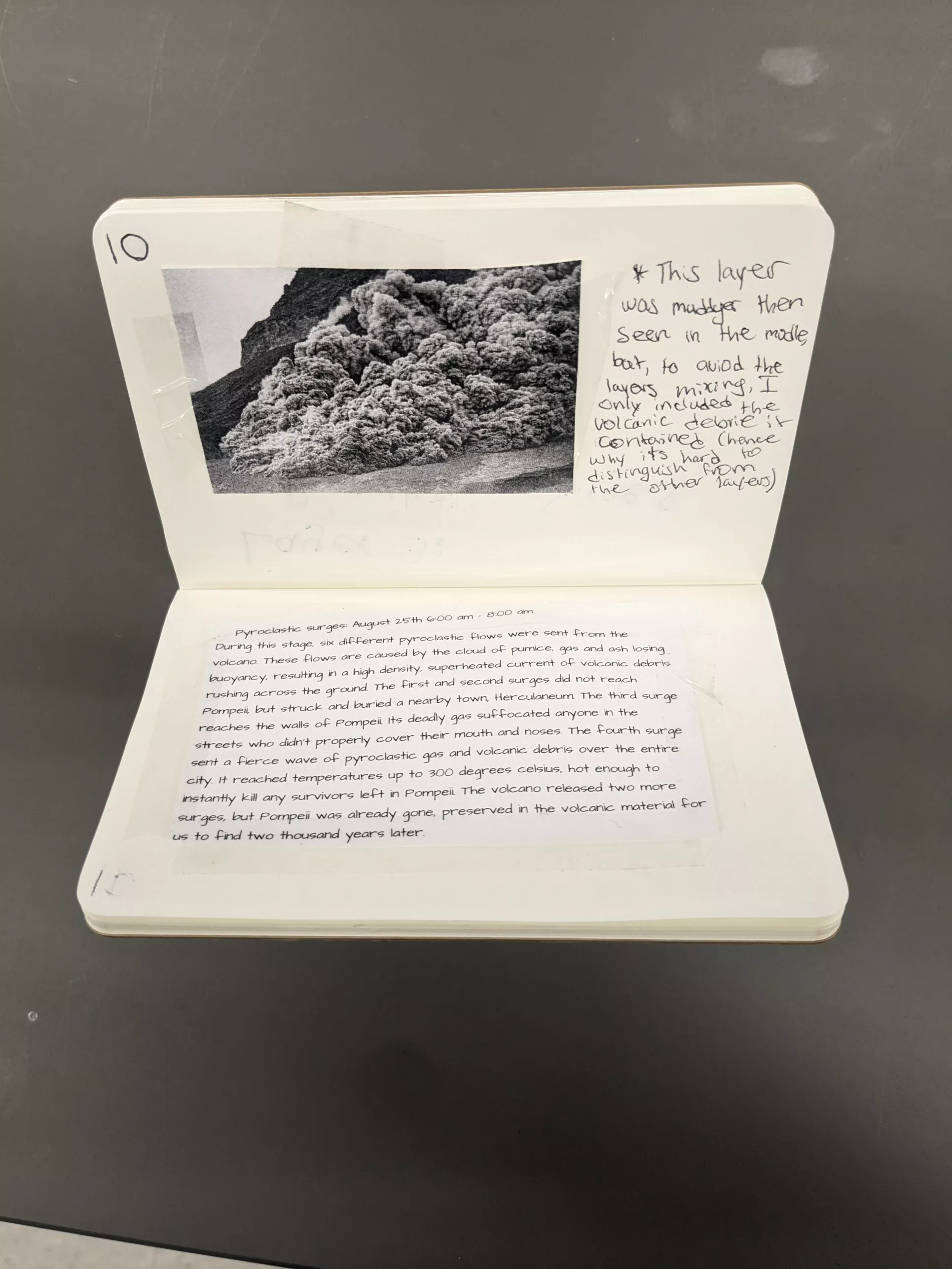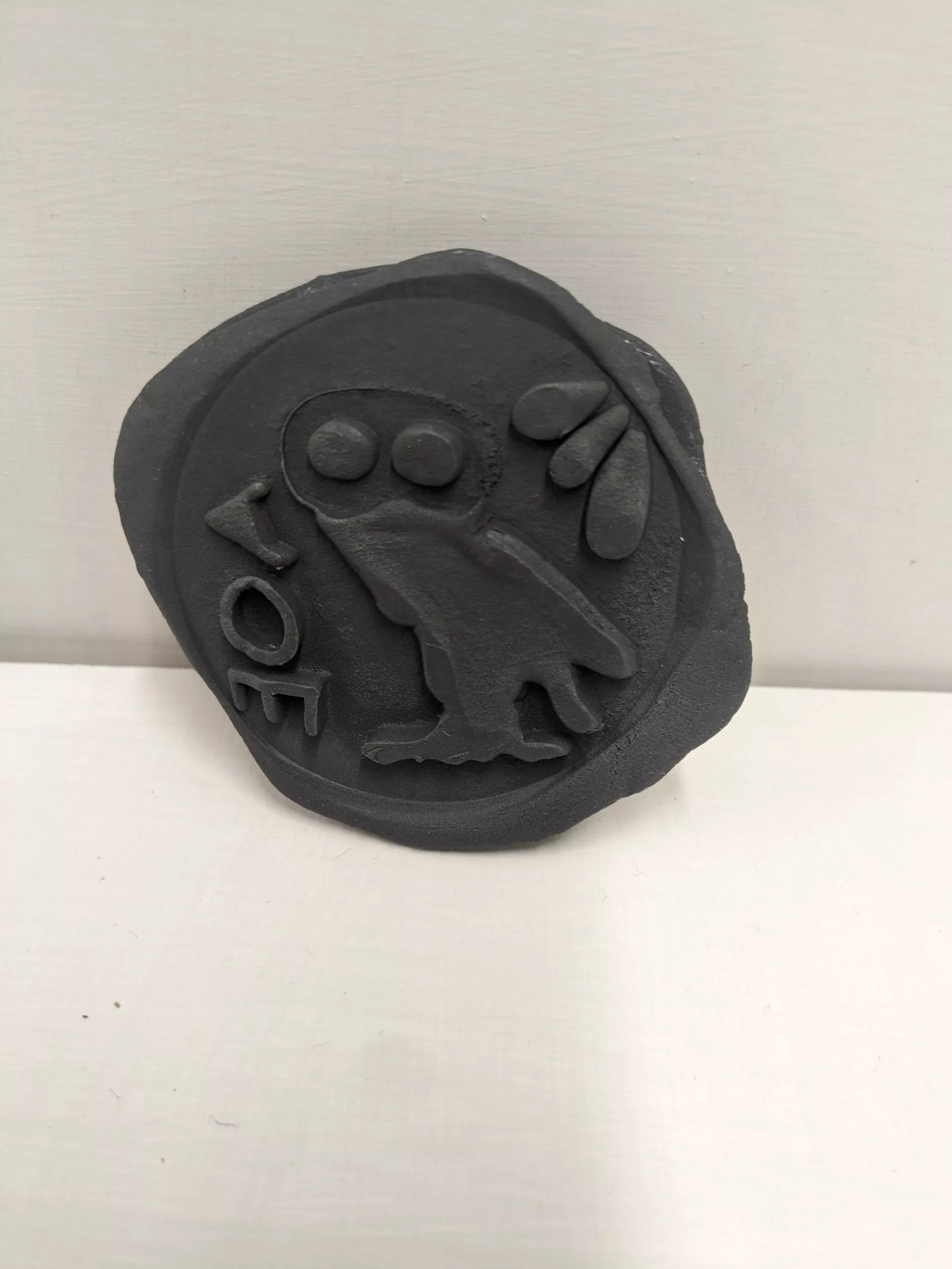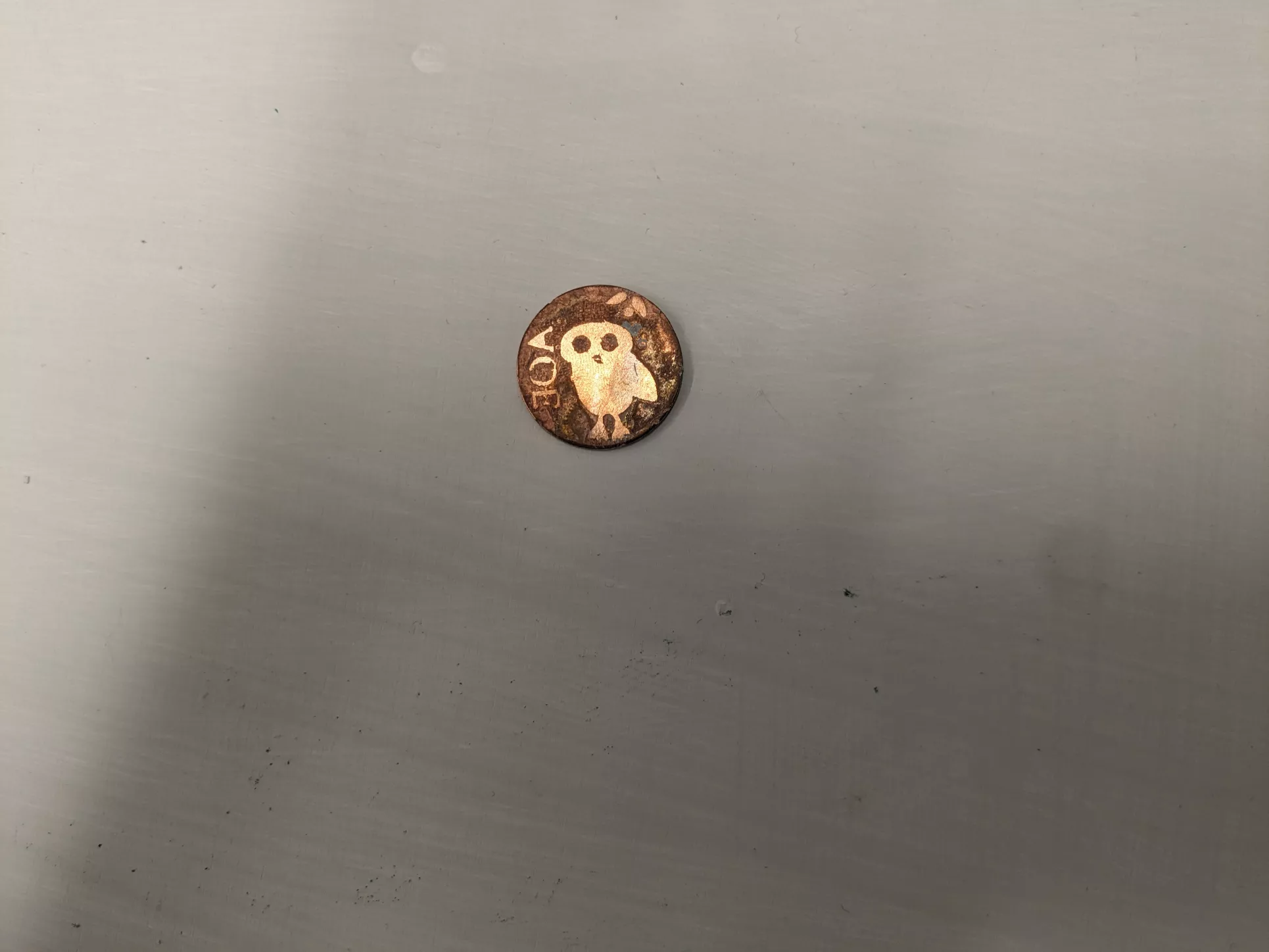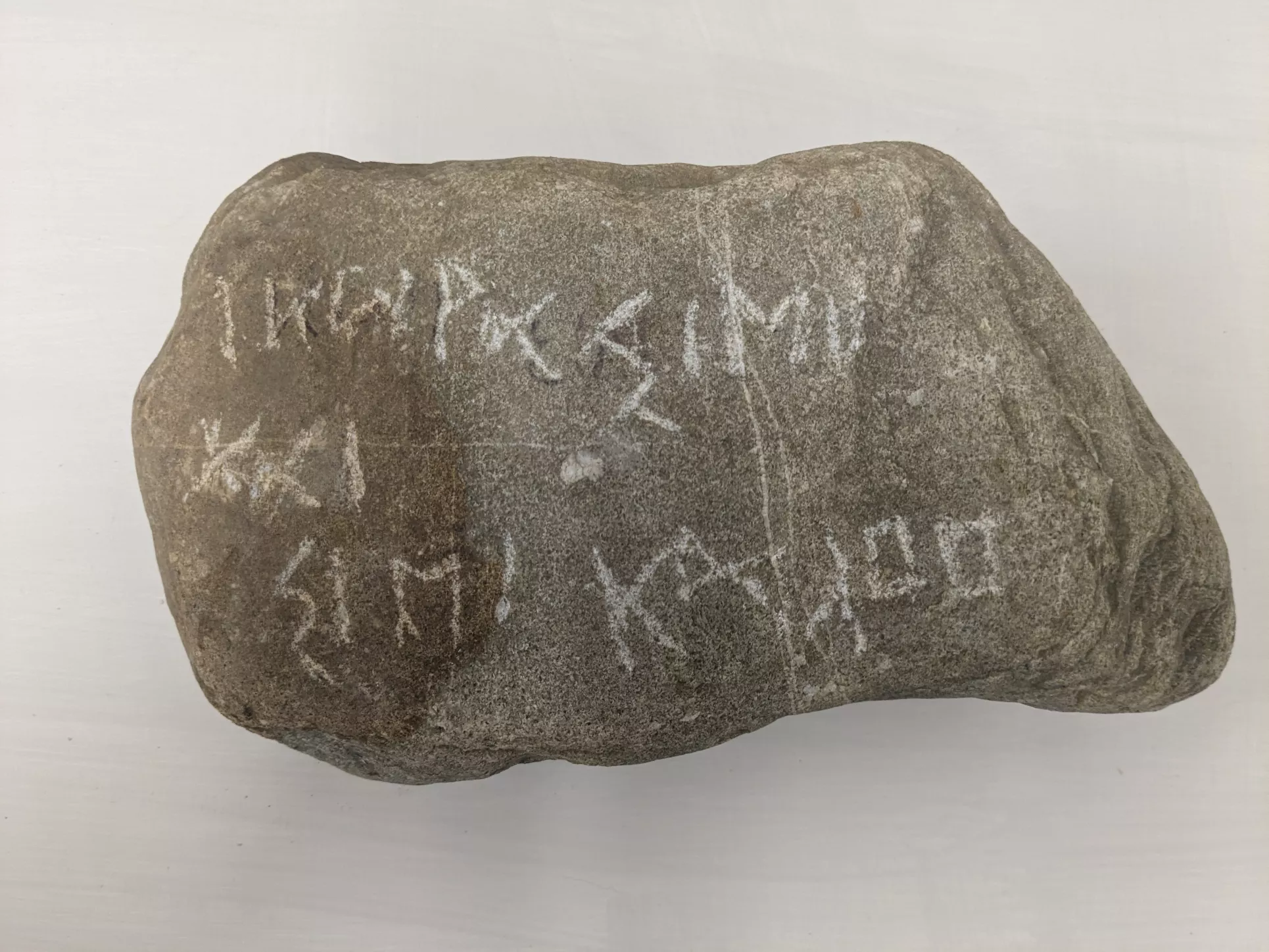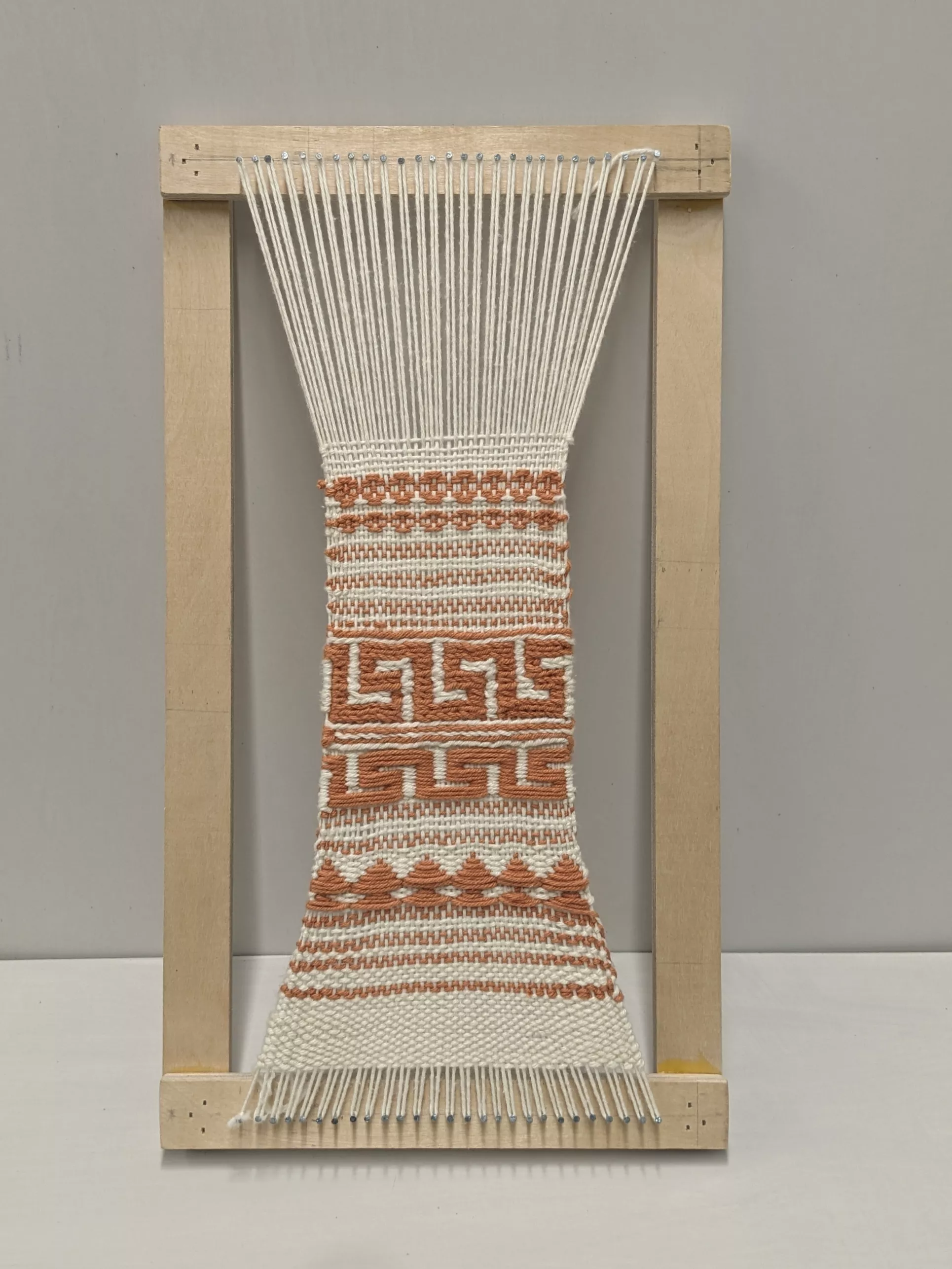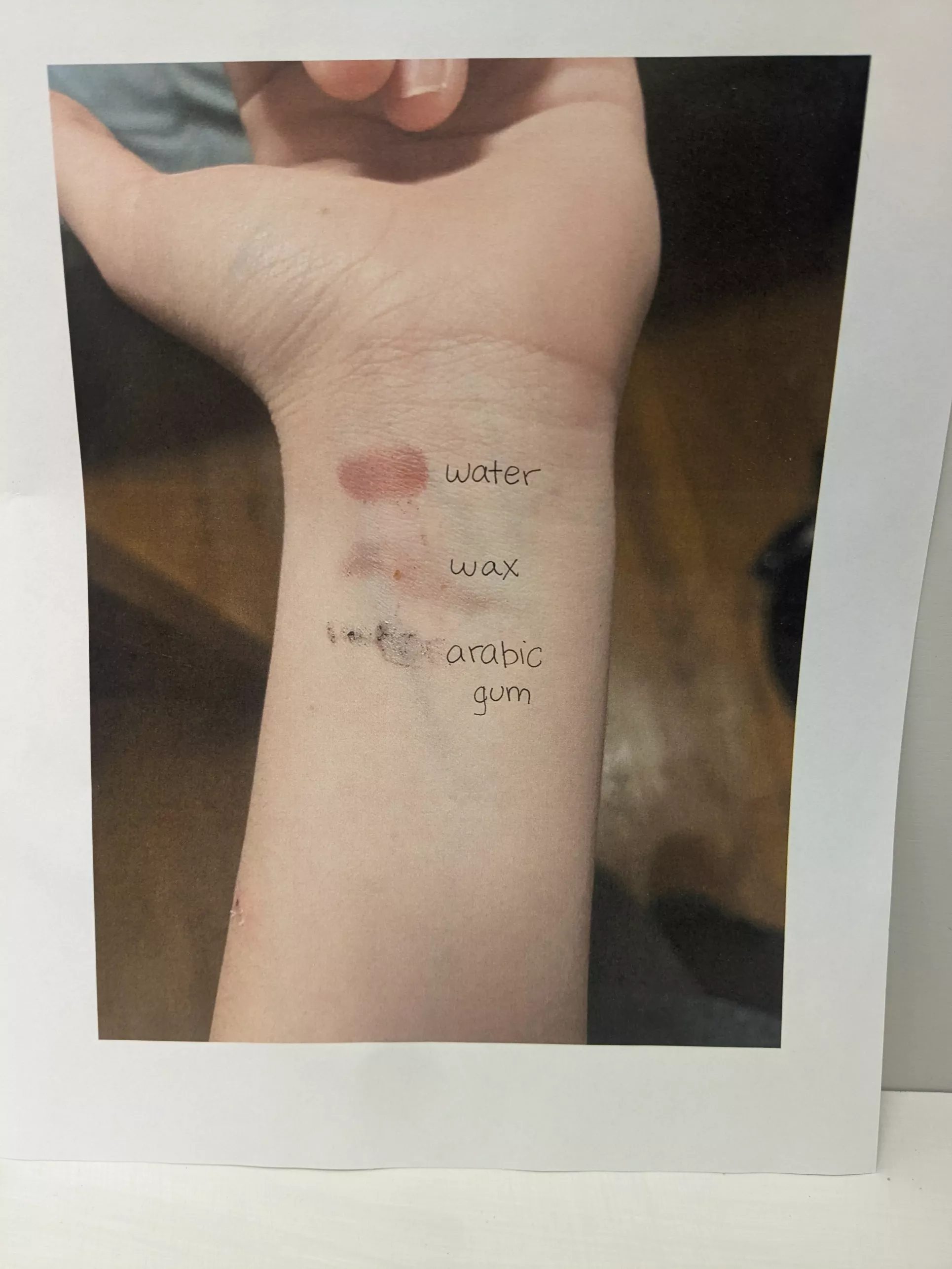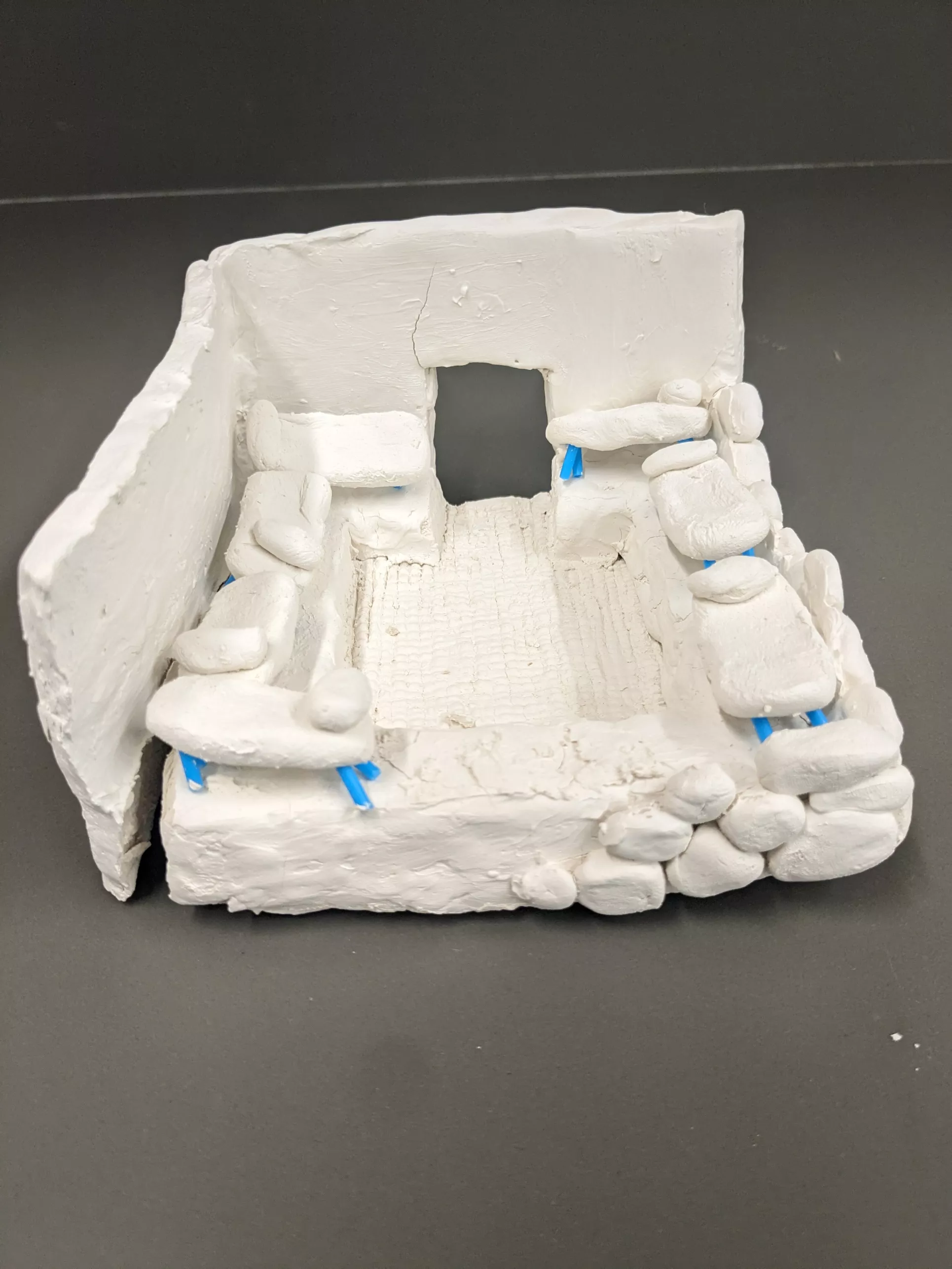
Students use makerspace to recreate antiquity
It was an excellent opportunity for students to see the time, effort, and thought that went into the construction of ancient objects and learn about technology.
It was an excellent opportunity for students to see the time, effort, and thought that went into the construction of ancient objects and learn about technology.
This past semester, students in professor Evrydiki Tasopoulou's class, Archaeology B260: Daily Life in Ancient Greece and Rome, used the Bryn Mawr Makerspace to bring their subject to life.
Tasopoulou worked with Makerspace Coordinator Bronwen Densmore to provide a critical making approach to the course topic. For their final project, each student selected an ancient artifact connected to the course, then met with Tasopoulou and members of the Makerspace staff to plan a project where they would research ancient craft methods, technologies, and materials in order to design and construct a recreation.
Over the course of several weeks, students used a wide variety of rapid prototyping techniques to develop objects used by ancient Greeks and Romans. These included constructing models out of cardboard, clay, and other easily sourced materials. From there, some students chose to work with historically accurate materials and techniques, while others investigated the ways that digital fabrication tools like 3D printers and laser cutters could deepen their understanding of an artifact’s construction and use. Final products included traditional warp-weighted looms, work with pigments and other everyday objects, and replicas of buildings and ships.
For Tasopoulou, the assignment was important for deepening students' understanding of the classical period. "It was an excellent opportunity for students to see the time, effort, and thought that went into the construction of ancient objects and learn about technology." For Densmore, leading students through an exploratory prototyping process, “offered an experiential approach to ideas and challenges that can feel distant from one’s lived experience” and “allowed a student/maker to explore ways that one’s environment (historical, geographical, social) influences choices they make when interacting with tools and technologies, both in their area of study and their own lives.”
Some of the objects created last semester can be seen in the display case next to Makerspace 1, located in Park 157. The cases can be viewed anytime during Park open hours.
Faculty members who are interested in learning more about ways that critical making can be used in teaching, or who wish to propose a collaboration are encouraged to connect with the Makerspace at makerspace@brynmawr.edu,

